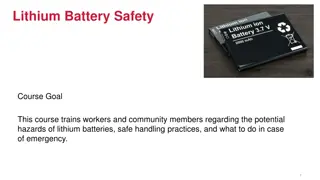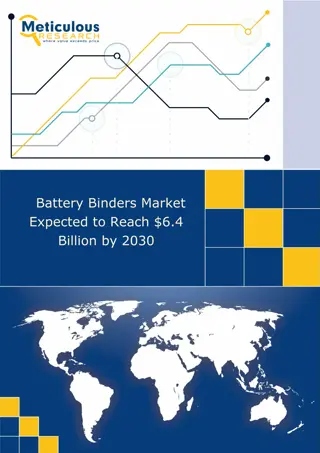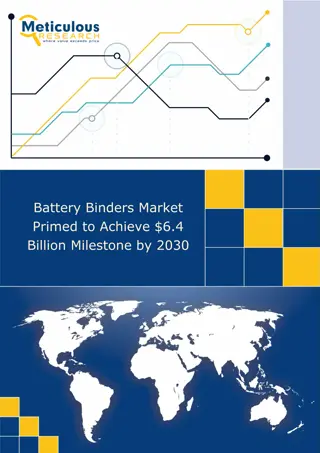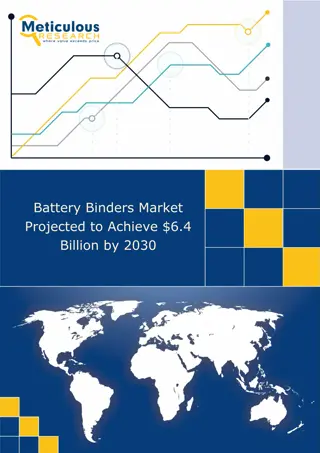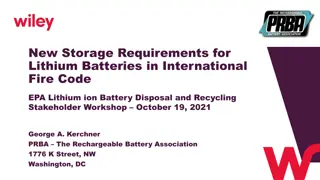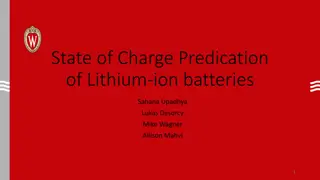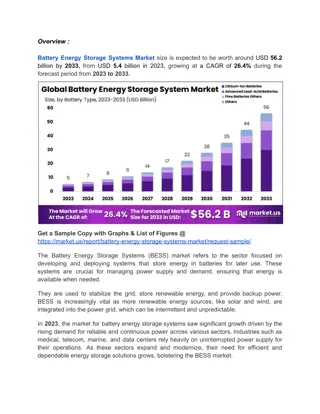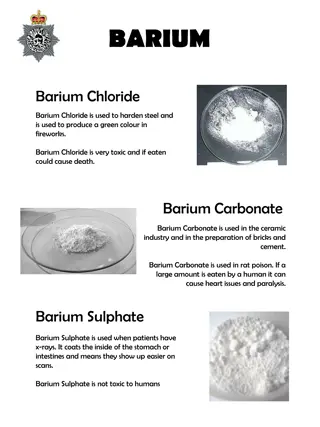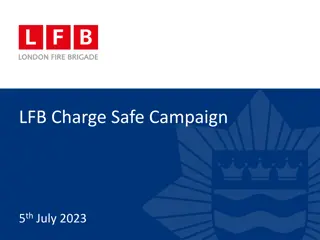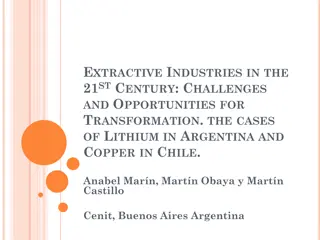Introduction-to-Lithium-Batteries
We have access to higher lithium batteries for solar applications. We manufacture lithium-ion solar batteries, used in inverter batteries and electric automobilesnWe have access to higher lithium batteries for solar applications. We manufacture lithium-ion solar batteries, used in inverter batteries and electric automobilesnWe have access to higher lithium batteries for solar applications. We manufacture lithium-ion solar batteries, used in inverter batteries and electric automobilesn// /products/lithium-battery-for-solar-application/n
Download Presentation

Please find below an Image/Link to download the presentation.
The content on the website is provided AS IS for your information and personal use only. It may not be sold, licensed, or shared on other websites without obtaining consent from the author.If you encounter any issues during the download, it is possible that the publisher has removed the file from their server.
You are allowed to download the files provided on this website for personal or commercial use, subject to the condition that they are used lawfully. All files are the property of their respective owners.
The content on the website is provided AS IS for your information and personal use only. It may not be sold, licensed, or shared on other websites without obtaining consent from the author.
E N D
Presentation Transcript
Introduction to Lithium Batteries Lithium batteries are a type of rechargeable battery that use lithium ions as the primary energy source. They offer high energy density, long lifespan, and efficient performance, making them ideal for a range of applications, including solar energy storage.
Advantages of Lithium Batteries for Solar Applications High Energy Density Long Lifespan Efficient Charging Lithium batteries can store more energy per unit of weight or volume compared to other battery technologies, making them well-suited for solar energy storage. Lithium batteries can withstand thousands of charge/discharge cycles, ensuring reliable performance over the lifetime of a solar energy system. Lithium batteries can be charged quickly and efficiently, allowing for optimal utilization of solar energy generation.
Lithium Battery Chemistry and Technology Anode Cathode 1 2 The anode in a lithium battery is typically made of graphite or lithium metal, which stores the lithium ions during discharge. The cathode is made of a lithium- containing compound, such as lithium cobalt oxide or lithium iron phosphate, which releases the lithium ions during discharge. Electrolyte Separator 3 4 The electrolyte, usually a lithium salt dissolved in an organic solvent, allows the lithium ions to move between the anode and cathode during charge and discharge. The separator is a porous membrane that physically separates the anode and cathode, preventing short circuits while allowing the passage of ions.
Lithium Battery Charging and Discharging Principles Charging During charging, an external power source is used to drive the lithium ions from the cathode to the anode, storing energy in the battery. Discharging During discharging, the lithium ions flow from the anode back to the cathode, releasing the stored energy to power the connected load. Cycle Efficiency Lithium batteries can achieve high charge-discharge cycle efficiencies, typically around 90-95%, ensuring efficient energy storage and retrieval.
Lithium Battery Integration with Solar Systems Grid-Tied Systems Off-Grid Systems Hybrid Systems Lithium batteries can be integrated with grid-tied solar systems to store excess solar energy for use during peak demand or when the sun is not shining. In off-grid solar applications, lithium batteries provide reliable energy storage, ensuring a continuous power supply even during periods of low solar generation. Lithium batteries can be combined with other energy storage technologies, such as lead-acid batteries or flywheels, to create hybrid solar energy storage systems.
Lithium Battery Safety Considerations Thermal Runaway Overcharging and Overdischarging Lithium batteries can undergo thermal runaway, a self-sustaining exothermic reaction that can lead to fire or explosion if not properly managed. Lithium batteries must be charged and discharged within safe voltage and current limits to prevent damage and ensure long- term reliability. Battery Management Systems Proper Installation and Maintenance Robust battery management systems (BMS) are essential for monitoring and controlling the charging, discharging, and thermal conditions of lithium battery systems. Ensuring proper installation, ventilation, and regular maintenance of lithium battery systems is crucial for maintaining safety and optimal performance.
Lithium Battery Maintenance and Lifecycle Inspection Balancing Cooling Recycling Regular visual and electrical inspections to check for any signs of damage or degradation. Maintaining balanced state of charge across all cells to optimize performance and lifespan. Proper thermal management to prevent overheating and extend the battery's useful life. Responsible disposal and recycling of lithium batteries to recover valuable materials.
Contac Us ADDRESS Head Office: First Floor, H - 192, H Block, Sector 63, Noida, Uttar Pradesh 2013012 Factory Address:E 82 ,Kavi Nagar Industrial Area, Bulandshahr Road, Ghaziabad, UP - 201002 8130327183 Visit Our site https://www.maxvoltenergy.com/products/lithium- battery-for-solar-application/













